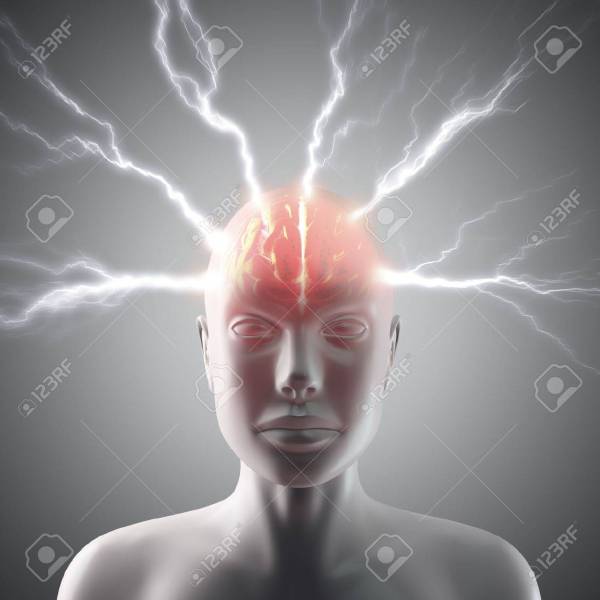Just as a hematoma is the body’s response to a bump, so does the brain inflame following a TBI. The cells that cause this inflammation of the nervous system are known as microglia, the brain’s innate immune cells. The NIH already recognizes, “Innate immune cells clearly play a role in the etiology and disease course of… traumatic brain injury.” Beyond that though, they say little, as the NIH states that the role of immune cells in brain injury is a “young field”.
The only information I could find on the NIH site related to inflammation and brain injury before 2018 presented disheartening results – “neuroinflammation may contribute to neurodegeneration” and “anti-inflammatory drugs shortly after TBI didn’t help.” This information, though, comes from NIH findings in 2016. As this has been a mostly unexplored area of study, it is not a surprise to find new studies that have results that conflict with these earlier findings. For example, this past October, it was found by professors at the Australian National University and RMIT that seaweed sugar allows the immune system to turn on and off and, therefore, may help recovery from a brain injury.
As those in Australia were having their SUSHI and seaweed salad, in the United States, the Ohio State University published the results of their study: Traumatic brain injury-induced neuronal damage in the somatosensory cortex causes formation of rod-shaped microglia that promote astrogliosis and persistent neuroinflammation. Specifically, this study focused on the, “formation of rod microglia in cerebral cortex.” These rod formations that cause the inflammation further harm brain health and become a secondary injury. As the study states, this secondary injury can persist by as much as a decade or more. The OSU researchers looked for a drug to rid the brain of or block the activity of microglia. A drug was found that rid the brain of microglia in mice. Unfortunately, there is no drug for humans, as of yet. Scientists at OSU, though, have hope and say, “Understanding the microglial response and relationship to neuronal injury is vital.”

